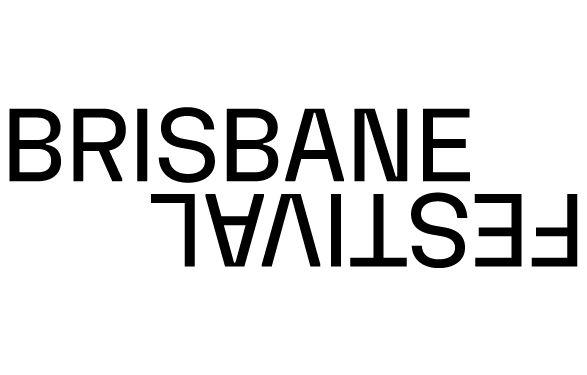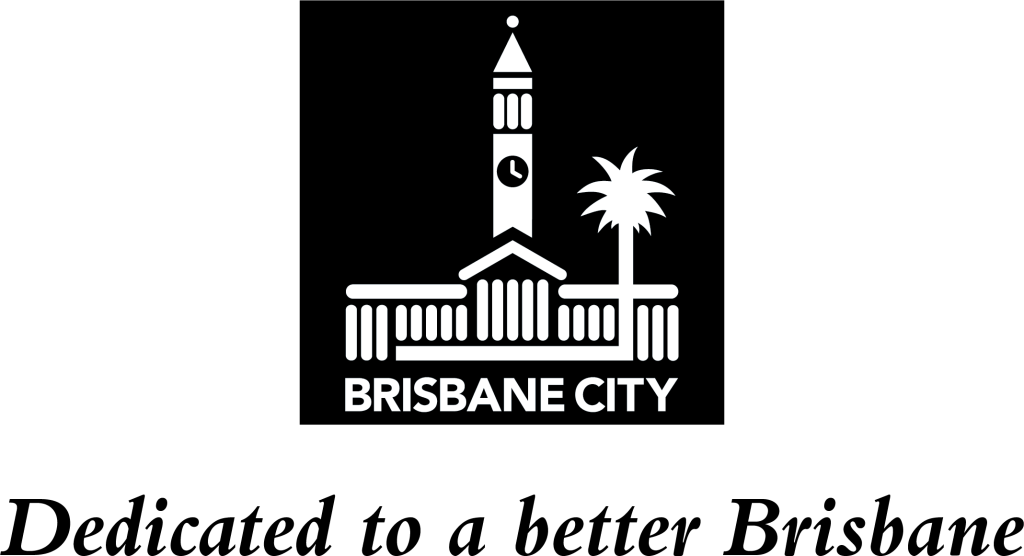Picture this: a fragile square of paper, etched with imperial eagles or hyperinflation numerals, holding the weight of a nation's turbulent past. As a philatelist who's spent decades scrutinizing gum integrity, perforation gauges, and watermark anomalies at auctions from Berlin to New York, I've chased the ghosts of history through these tiny artifacts. In 2025, with the global philatelic market surging amid renewed interest in tangible assets, German stamps stand out for their blend of scarcity, drama, and investment potential. It's the allure of rare german stamps—from printing blunders to wartime provisionals—that ignites passions, turning forgotten albums into fortunes and collectors into detectives unraveling provenance tales.
Empire-Era Masterpieces: Birth of Philatelic Icons
Germany's philatelic journey kicks off in the mid-19th century, when fragmented states issued their first adhesives amid unification fervor. The Baden 9 Kreuzer error from 1851 is a prime enigma: printed in black on green paper instead of the intended rose, this color misregistration created a unicorn that fetched over $1.4 million in a 2019 sale, with echoes in 2025 auctions teasing similar highs. Imagine the printer's oversight in Karlsruhe, birthing a rarity now certified by experts for its silky gum and razor-sharp impressions. Similarly, the Sachsen Dreier of 1850, with its crude numeral "3" on red paper, survives in mere dozens, often tied to historic covers that amplify their narrative pull—stories of royal couriers and early postal reforms.
These empire gems evoke raw emotion: the thrill of spotting a plate flaw under UV light, or debating centering grades with fellow enthusiasts. They're not just collectibles; they're portals to Bismarck's era, where stamps mirrored political shifts. As values climb—driven by a 6% annual market growth—novices and veterans alike hunt for MNH specimens, knowing a single hinge mark can halve premiums.
Hyperinflation Havoc: Stamps as Economic Witnesses
Fast-forward to the Weimar Republic's chaos, where runaway inflation spawned denominations that boggle the mind. The 50 million mark stamp of 1923, overprinted on earlier issues during currency collapse, isn't just scarce—it's a historical artifact, symbolizing bread lines and wheelbarrows of cash. One pristine block sold for €80,000 at a Gert Müller auction earlier this year, highlighting how these surcharges capture economic despair turned philatelic gold. Reflect on the 2 milliard mark provisional, rushed into service amid paper shortages; its crude overprints and variable inks make each example unique, with collectors poring over fluorescence tests to verify authenticity.
The emotional resonance? These stamps humanize history's dark chapters. I've held examples postmarked from Berlin bread riots, feeling the weight of survival stories etched in posthorn designs. In 2025, with inflation fears resurfacing globally, interest spikes—Oldlouis Auctions reported a 20% uptick in Weimar lots, blending nostalgia with savvy investing. It's a reminder: philately rewards those who appreciate context, where a stamp's journey from mint sheet to survivor elevates its worth exponentially.
Modern Marvels: Errors and Celebrity Intrigue
Germany's post-war era delivers its own twists, like the Audrey Hepburn commemorative of 2001—a semipostal error pulled from circulation after her son vetoed the image, showing her with a cigarette. Only 14 sheets escaped destruction, pushing singles to $176,000 at recent Cherrystone sales. This "forbidden" stamp blends glamour with scandal, its BPP certification underscoring rarity amid modern printing precision.
Then there's the DDR's 1948 "Workers" series, with overprints marking Soviet occupation; a black surcharge variety fetched $50,000 in a March 2025 Cherrystone lot, tied to Cold War narratives. These modern rarities stir debate: Are they errors or intentional anomalies? As a collector, the rush comes from tracing provenance—perhaps linking a stamp to a famous hoard like Philipp von Ferrary's, the eccentric millionaire whose collection, dispersed after World War I, seeded many treasures.
Auction Adrenaline and Legendary Collectors
2025 auctions pulse with German highlights: David Feldman's spring series featured over 500 lots, including a Tyrian Plum echo from colonial offices, hammering at €120,000. Catawiki's ongoing sales draw online crowds for affordable rarities like Anschluss overprints, while Kelleher's September event spotlights hyperinflation blocks. These venues aren't sterile; they're arenas of rivalry, where bids soar on tales like John du Pont's obsessive pursuits, mirroring Ferrary's pre-war empire-building.
Famous collectors add spice: Queen Elizabeth II's German holdings, inherited from George V, include pristine Germania definitives, while Bill Gross auctioned his Weimar collection for millions in 2018, fueling market buzz. Their stories—ambition, eccentricity, even tragedy—humanize the hobby, proving stamps are more than paper; they're legacies.
Essential Tips for Unearthing German Gems
To join the hunt without deep expertise:
- Examine condition: Prioritize MNH with original gum; hinge remnants or thins crater values.
- Verify authenticity: Seek BPP or Philatelic Foundation certs for errors like color shifts or inverted overprints.
- Focus on themes: Weimar hyperinflation or Third Reich semipostals offer entry points with rising demand.
- Track provenance: Stamps from notable collections, like Ferrary's dispersals, command premiums.
- Start small: Accumulate used definitives, scanning for unlisted varieties via loupe and watermark fluid.
These steps democratize philately, turning curiosity into conquests.
The Enduring Pull of German Philately
As we reflect on Germany's stamp saga, it's clear why these rarities endure: they encapsulate resilience, from empire unifications to economic rebirths. In a digital age, the tactile joy of mounting a Baden error or deciphering a DDR postmark offers grounding escape. Whether chasing auction thrills or attic discoveries, German stamps reward the passionate—potentially transforming modest holdings into substantial legacies. Dive in; history awaits in every perforation.







